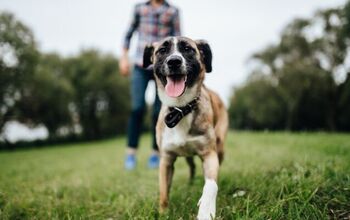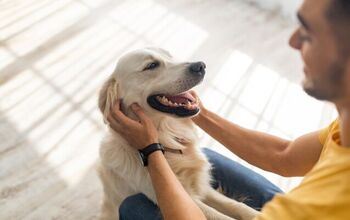The Latest Pet Industry Trends from Global Pet Expo 2024
On March 20-22, 2024, pet industry professionals from across the globe gathered at the Orange County Convention Center in Orlando, Florida, for the Global Pet Expo. Presented by the American Pet Products Association (APPA) and the Pet Industry Distributors Association (PIDA), the exhibit floor showcased 1,100+ companies, including 300 first-time exhibitors. This included 1,000+ product launches, the latest pet industry news, a packed New Products Showcase, and more! But what did we discover while attending the show? Here are some of the hottest trends in the industry, as seen at this year’s show: Mind the BudgetIn the last decade, we have seen a growing interest in spoiling our pets regardless of the cost. However, following the events of 2020, many pet parents are feeling the pinch that is society’s current financial state. So, how do we reconcile the two? Many brands came into this year’s show with a focus on providing high-quality pet care with a budget-friendly mindset. This included two distinct approaches. Some companies focused on finding ways to keep the price point low. This included changes to production, simplified designs, and sourcing quality supplies at a fraction of the cost. They then transferred these savings directly to the consumer, allowing you to spoil your pets without breaking the bank. The other trend we saw was to create premium products that, while requiring an upfront investment, are designed to last for years to come. By not having to replace them repeatedly, you will save money over the product's lifespan. Overall, we were excited to see so many ways pet parents can improve their pet’s quality of life, even when finances are tight. Sustainability for the Future A growing understanding of the impact of our pets on the environment has put pressure on the pet industry to find ways to prioritize sustainability. Some experts say that caring for a medium-sized dog can have a similar carbon footprint to driving a large SUV. How do we address this without giving up our pets? We saw several brands rising to the challenge! There was a growing number of companies creating adorable and functional toys from recycled materials. Snugarooz had a wide assortment of brightly colored, crinkly, and squeaky plush toys made from recycled water bottles. WestPaw added more products to their popular Seaflex line of 100% recyclable toys made with recycled ocean-bound plastic. We also saw a focus on sustainability in pet food and treats. One company that really stood out was Arch Pet Food. The company previously demonstrated their commitment to eco-friendly pet ownership by introducing alternative proteins in their food and treats. One product that we found very impressive was the Dehydrated Copi treats, made from an invasive species in our waterways. Other shifts towards sustainability included changes in packaging to reduce unnecessary plastics, the use of hemp-based bedding for small animals, and more sustainable decisions being made during production.












